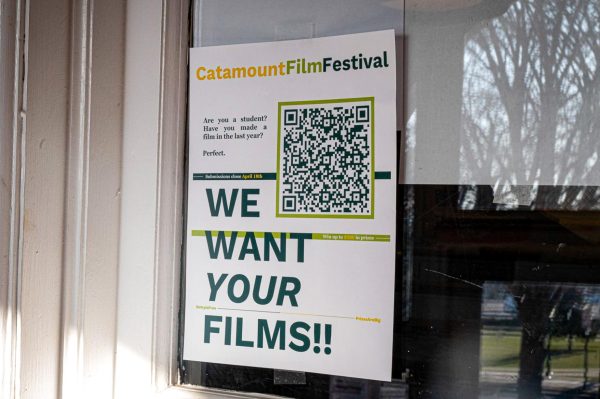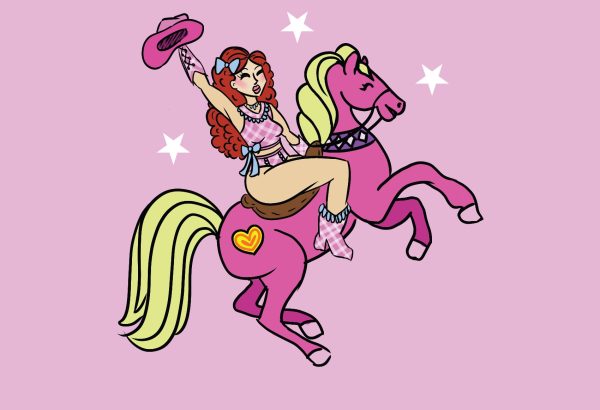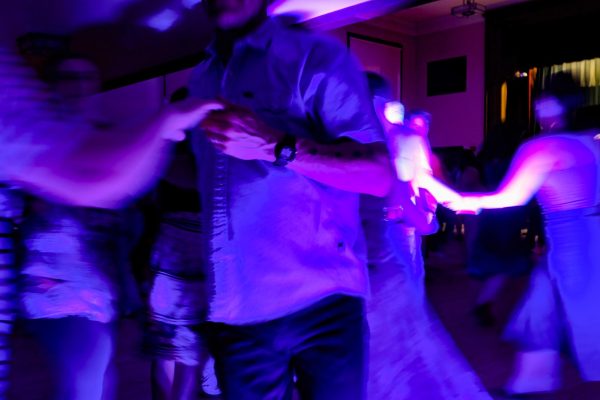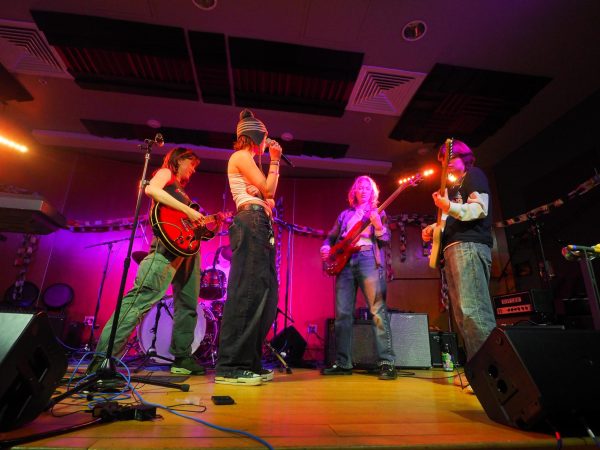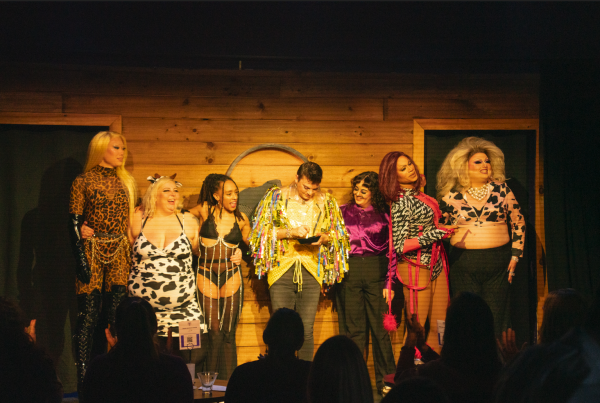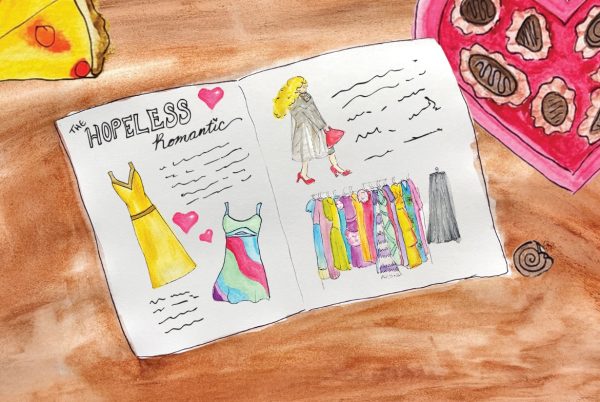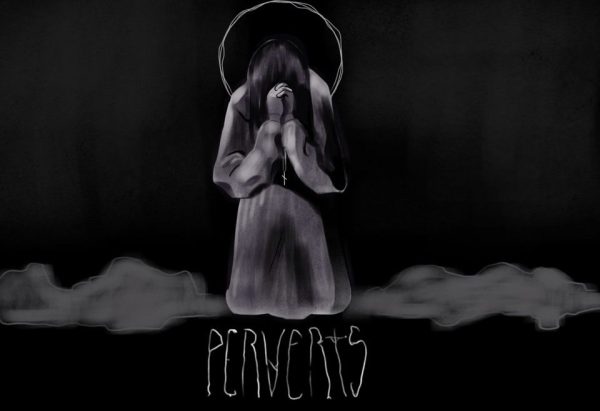Ecological art: a more creative call to action
In the age of climate change and conservationism, ecological art is on the rise.
Local artists and environmentalists came together to create a collaborative ecological art exhibit in Billings Library Sept. 4. The event consi
sted of exhibits including poetry, interactive media and a lecture from author Elizabeth Kolbert on her book “The Sixth Extinction” in Ira Allen Chapel.
While some guests lounged on the “Stuffed Animal Therapy Sofa,” a piece constructed by artist Stella Marrs, others snacked on Ben & Jerry’s ice cream while perusing the show.
Exhibits included an “Apocalypse Weather Report” created by artist Amelia Marzec, a “Peep Show” bug porn video featuring ma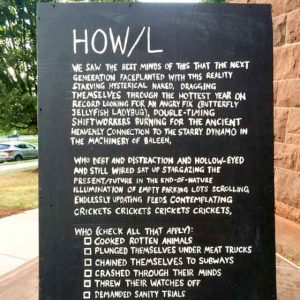 ting insects by filmmaker Rebecca Weisman and a collaborative insectarium with a symphonic recording of insect sounds playing overhead.
ting insects by filmmaker Rebecca Weisman and a collaborative insectarium with a symphonic recording of insect sounds playing overhead.
One exhibit took place in the apse of Billings.
Audience members gathered to catch a glimpse of the Monarch Butterfly Release, an exhibit aimed at pointing out the decrease in population of Vermont’s state butterfly in the eastern United States.
As a looped animated video of a butterfly’s journey and life played in the background, students dressed in orange and black spread out along the apse balcony, each holding their clasped hands out in front of them.
All at once the air burst with dozens of fluttering plastic butterflies. Each butterfly fell to the floor, ending with lifeless plastic butterflies littering the ground.
Brian Collier, the brain behind the exhibit, is an ecological artist who works in a variety of mediums.
Collier said the goal of the exhibit was to “raise awareness about the decline of the eastern monarch population,” which has decreased by a staggering 80 percent in the last few decades.
Displays of milkweed pods surrounded the apse. Postcards informed viewers that research has shown the importance of milkweed in expanding monarch communities.
Collier said the milkweed pods were important in giving viewers a solution to the problem raised by the exhibit, not only “[providing] a visual spectacle for people to connect with that information, [but also] a place for people to go with that information,” he said.
The goal of gallery was ultimately to communicate to viewers the importance of connecting to our larger environment Collier said.
Ecological art plays a key role in “directly addressing our ecosystem and how humans interact with that ecosystem,” he said. “It’s important for humans to understand that connection, [and] to know how to make educated decisions that are less destructive.”


